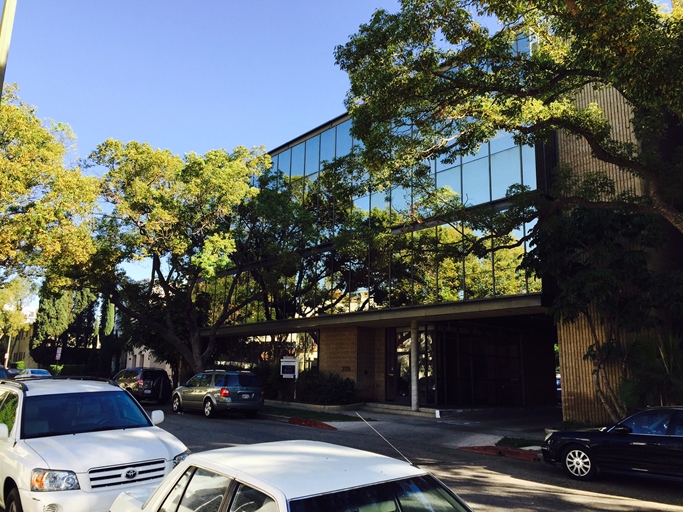Chapter 13 Bankruptcy
Chapter 13 Bankruptcy provides for adjustment of debts of an individual with regular income. (Chapter 13 allows a debtor to keep property and pay debts over time, usually three to five years.)
A chapter 13 bankruptcy is also called a wage earner’s plan. It enables individuals with regular income to develop a plan to repay all or part of their debts. Under this chapter, debtors propose a repayment plan to make installments to creditors over three to five years. During this time the law forbids creditors from starting or continuing collection efforts.
Chapter 13 offers individuals a number of advantages over liquidation under chapter 7. Perhaps most significantly, chapter 13 offers individuals an opportunity to save their homes from foreclosure. By filing under this chapter, individuals can stop foreclosure proceedings and may cure delinquent mortgage payments over time. Nevertheless, they must still make all mortgage payments that come due during the chapter 13 plan on time.
Any individual, even if self-employed or operating an unincorporated business, is eligible for chapter 13 relief as long as the individual’s unsecured debts are less than $336,900 and secured debts are less than $1,010,650. These amounts are adjusted periodically to reflect changes in the consumer price index. A corporation or partnership may not be a chapter 13 debtor.
A chapter 13 case begins by filing a petition with the bankruptcy court serving the area where the debtor has a domicile or residence. Debtor will also have to file all statement and scheduled filed in a chapter 7 case . Additionally they have to file the chapter 13 repayment plan.
When an individual files a chapter 13 petition, an impartial trustee is appointed to administer the case. The chapter 13 trustee both evaluates the case and serves as a disbursing agent, collecting payments from the debtor and making distributions to creditors.
Filing the petition under chapter 13 “automatically stays” (stops) most collection actions against the debtor or the debtor’s property. The stay arises by operation of law and requires no judicial action. As long as the stay is in effect, creditors generally may not initiate or continue lawsuits, wage garnishments, or even telephone calls demanding payments. The bankruptcy clerk gives notice of the bankruptcy case to all creditors whose names and addresses are provided by the debtor.
Individuals may use a chapter 13 proceeding to save their home from foreclosure. The automatic stay stops the foreclosure proceeding as soon as the individual files the chapter 13 petition. The individual may then bring the past-due payments current over a reasonable period of time. Nevertheless, the debtor may still lose the home if the mortgage company completes the foreclosure sale under state law before the debtor files the petition. The debtor may also lose the home if he or she fails to make the regular mortgage payments that come due after the chapter 13 filing.




